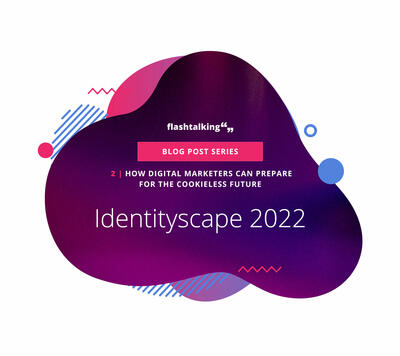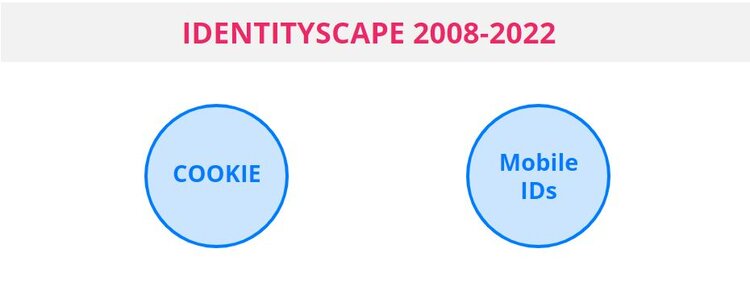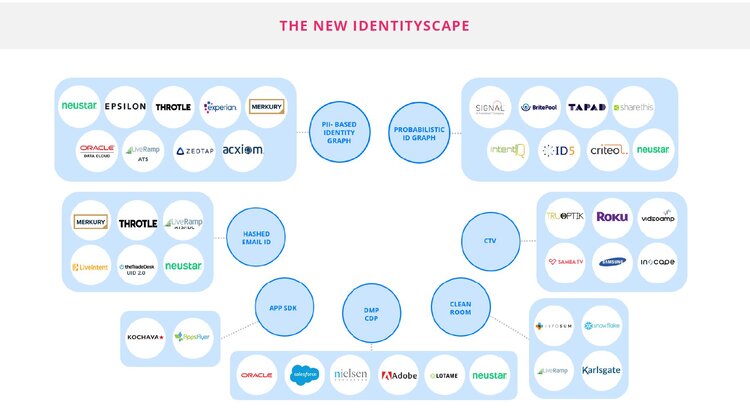


For the first 15 years of the programmatic industry, the Identityscape consisted of two IDs: the cookie and the mobile address identifier (MAID). Life was relatively easy in that one could buy, sell, measure and optimize based on these two IDs.

As cookies and MAIDs go away, the Identityscape becomes much more complicated with the emergence of multiple identity silos, each its own identifier and different types of data (e.g. PII, probabilistic, connected TVs, clean rooms, DMPs, hashed emails, app SDKs).

No single ID will serve as the panacea. Advertisers will require the use of multiple IDs to execute their media plans—and that results in three new challenges:
ID Resolution and Scale will be limited:
Resolution refers to the ability to recognize the user. Cookies enable ad tech providers to resolve users across publishers (assuming cookies are not rejected) regardless of whether the user is authenticated. In the cookieless world, consumers will not always be logged in to publisher sites; the identity provider might recognize an authenticated user on ESPN, but not the subsequent site she visits as an anonymous visitor ten minutes later. The limited reach of each provider will result in advertisers employing multiple buy-side identity partners to execute their media campaigns.
While ID Interoperability is being addressed on the buy side, it must also be solved for measurement and personalization:
A single consumer might be represented by five different identifiers on the buy side. On the measurement side, how do you measure reach, frequency and attribution with disparate IDs and data sets? Likewise, how do you resolve multiple IDs to a single identity to ensure the right creative is rendered? Interoperability for campaign measurement has not attracted much attention from the industry, but it will quickly become mission-critical when the gaps become apparent in campaign reporting.
New Privacy standards will require notice and choice on every interaction:
Ad Choices and the other privacy tools provide consumer notification as to the data that was used to drive the ad buy, but the ad buy is only part of the process. There’s still verification, measurement and offline attribution for which Ad Choices does not provide a notification mechanism. Flashtalking firmly believes our industry needs to proactively address this problem. Specifically, any operation involving user-level tracking requires clear notice and choice (i.e. ability to opt out) on every touchpoint.
In our next blog post in this series: Part 3: Safeguarding Your Campaigns, we will discuss how the ad server—and Flashtalking specifically—can address these challenges.
In case you missed it, read Part 1: Uncharted Waters of this blog series.







